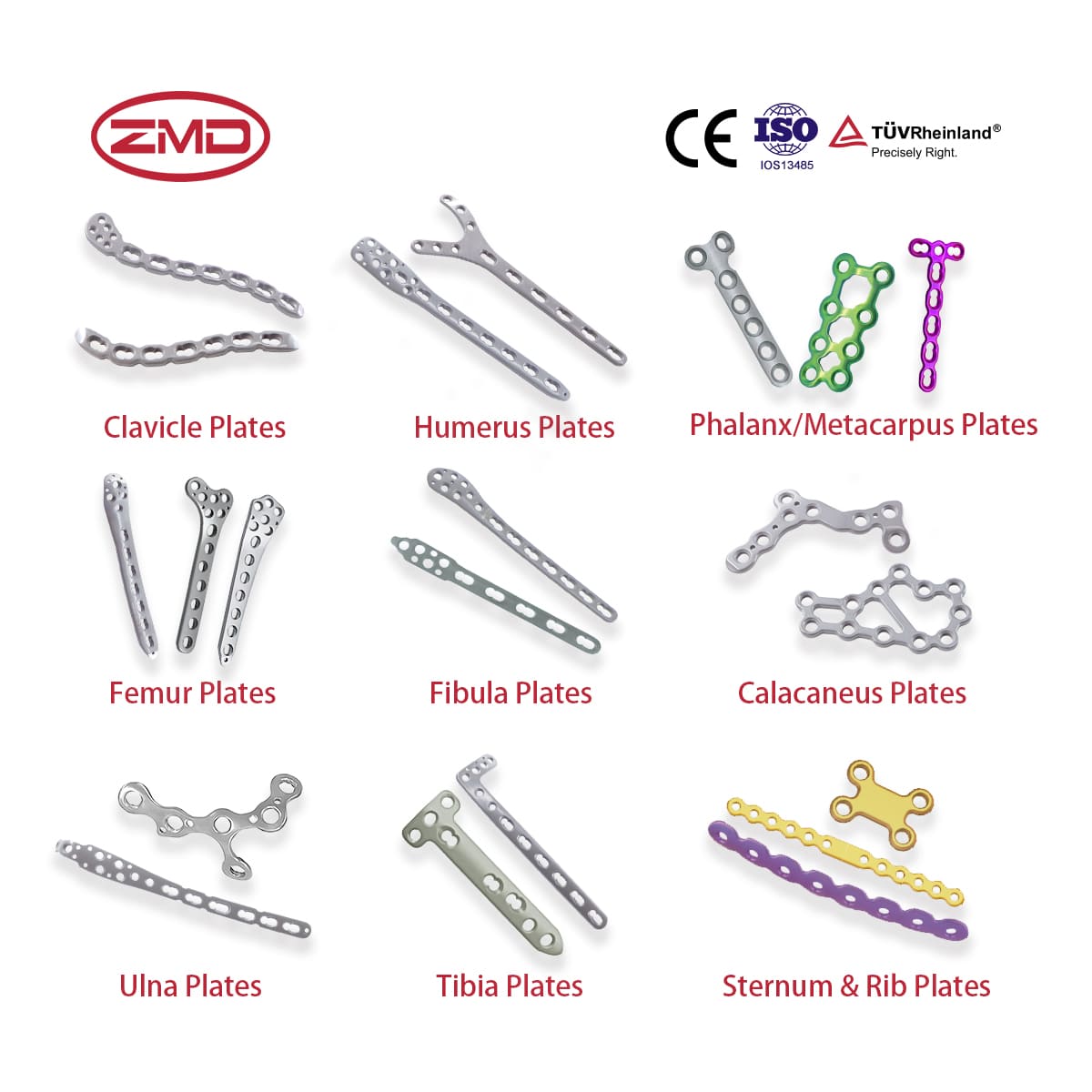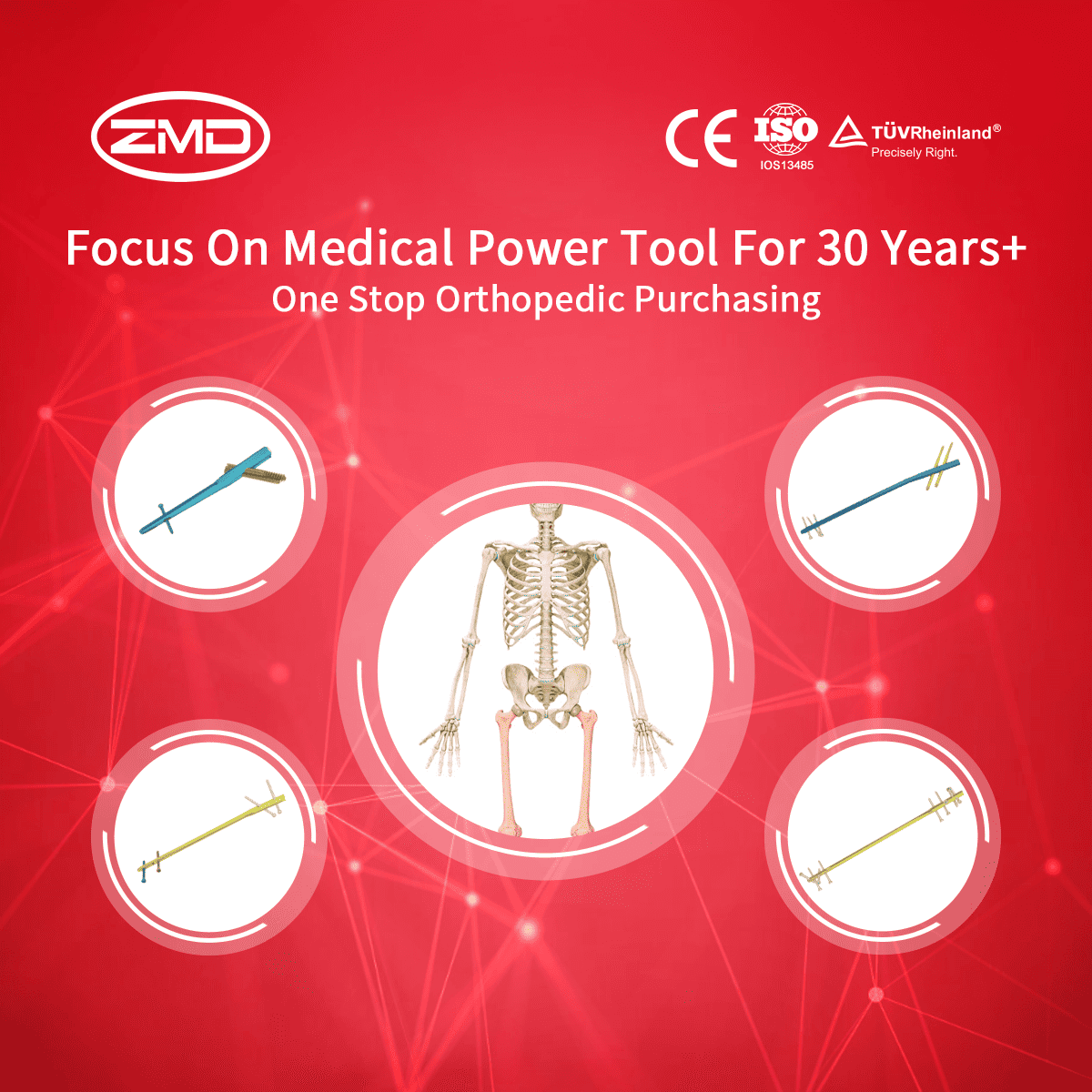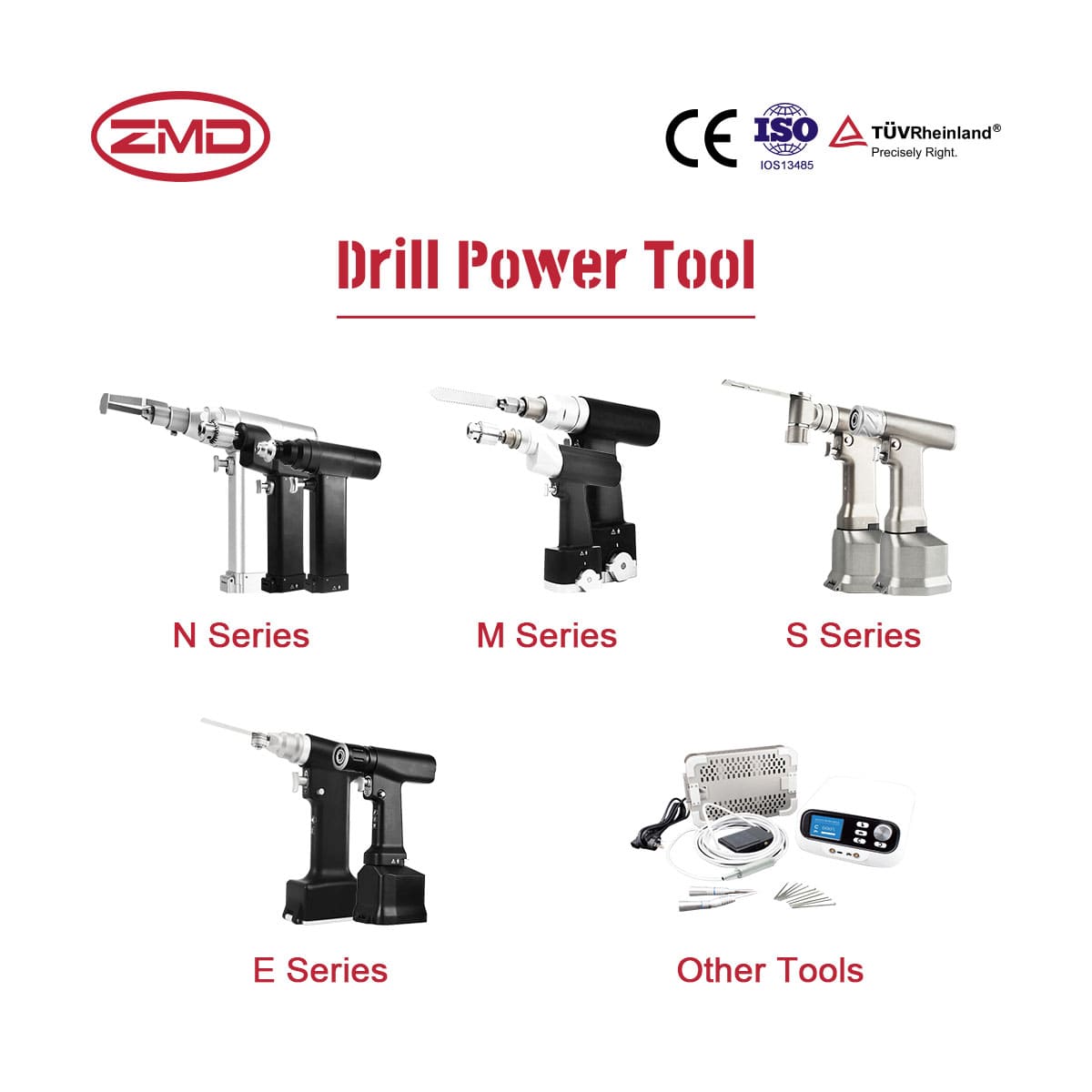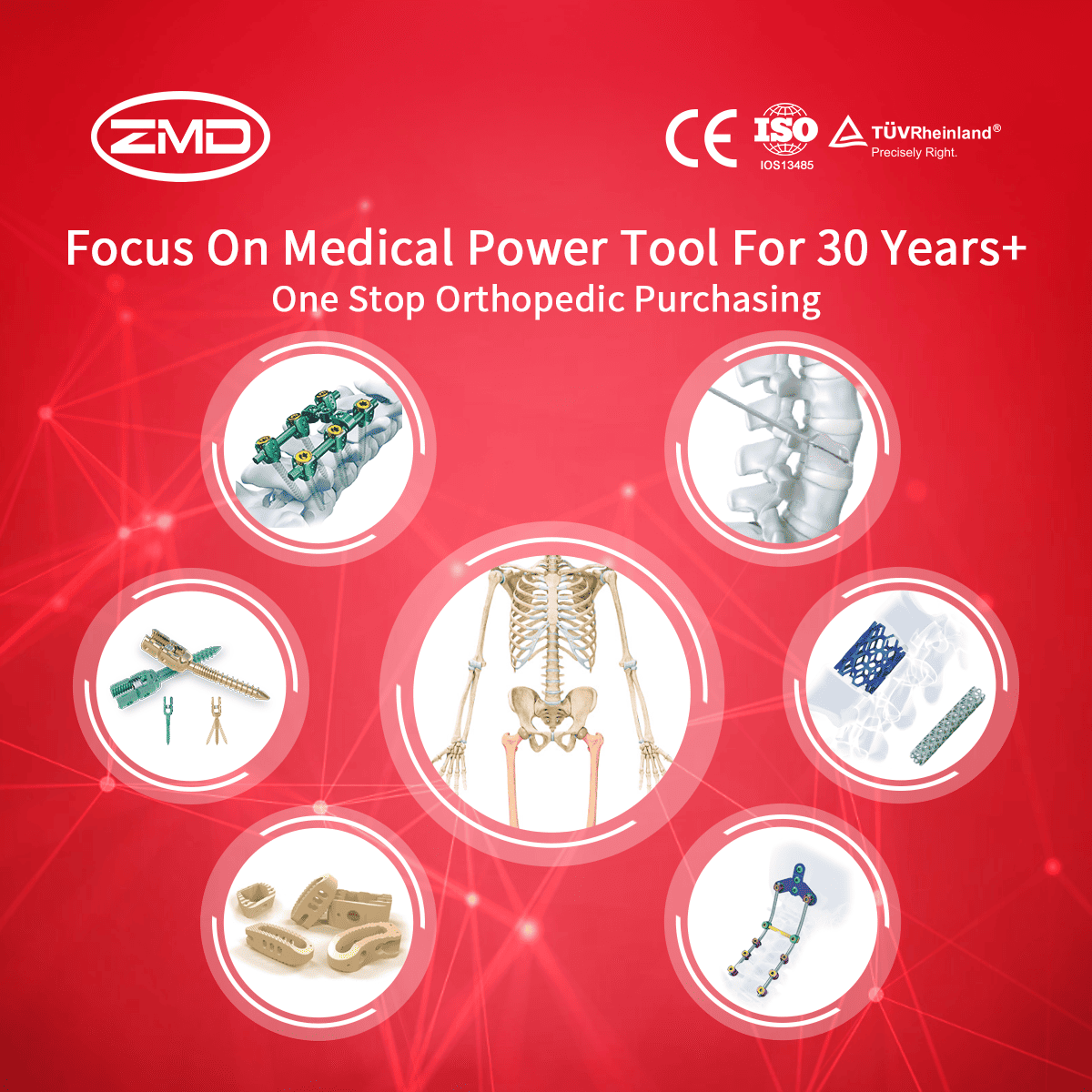Joint replacement surgery is a crucial component of precision orthopedics, and its accuracy has significantly improved with the advancement of medical technology. The integration of cutting-edge technologies such as 3D imaging, computer-aided design (CAD), and robotic-assisted surgery has allowed orthopedic surgeons to achieve greater precision in their operations, leading to enhanced surgical outcomes and improved long-term stability of the joint replacements.
Technological Advancements in Joint Replacement Surgery
3D Imaging Technology:
3D imaging provides surgeons with highly detailed and accurate views of the joint and surrounding structures. This technology allows for more precise preoperative planning and better visualization during surgery, ensuring the correct placement of the prosthetic joint. It helps identify potential challenges, such as bone defects or abnormal anatomy, before the surgery begins.Table: Benefits of 3D Imaging in Joint Replacement Surgery
Aspect Benefit Preoperative Planning Accurate visualization of the joint structure Surgical Precision Improved accuracy in prosthesis placement Personalized Treatment Customization for individual patient needs Computer-Aided Design (CAD):
CAD technology allows for the design of patient-specific prosthetics. Surgeons can now use the patient’s own anatomical data to create customized implants that fit more precisely, reducing the risk of complications and improving the overall success of the surgery. With CAD, it’s possible to optimize the alignment and positioning of the prosthetic joint, ensuring a more natural function and longer lifespan.Robotic-Assisted Surgery:
Robotic systems have revolutionized joint replacement surgeries by providing enhanced precision and minimizing human error. The robotic-assisted systems allow surgeons to perform complex procedures with greater accuracy, making small adjustments in real-time based on the patient’s anatomy. This technology also enables smaller incisions, leading to faster recovery times and less post-operative pain for patients.Table: Benefits of Robotic-Assisted Surgery in Joint Replacement
Factor Impact Precision Highly accurate prosthesis placement Recovery Time Reduced post-operative recovery time Complications Lower risk of complications during surgery
ZMD’s Role in Advancing Joint Replacement Technology
ZMD, as a leading manufacturer of orthopedic implants, integrates these advanced technologies into its products, ensuring the best possible outcomes for patients undergoing joint replacement surgery. Our implants are designed with precision in mind, using state-of-the-art manufacturing techniques that allow for optimal fitting and durability. Through our partnerships with healthcare providers, we are at the forefront of providing high-quality orthopedic solutions that incorporate the latest technological advancements.
By combining precision orthopedic techniques with the latest in surgical technology, ZMD continues to improve patient outcomes, enhance surgical accuracy, and ultimately contribute to better long-term recovery. The continued integration of 3D imaging, CAD, and robotic systems into joint replacement surgeries promises to further refine the precision of these procedures, making them more accessible and effective for patients worldwide.
In conclusion, the future of joint replacement surgery is bright, with these technological advancements playing a key role in transforming patient care. ZMD’s commitment to innovation ensures that we remain a leader in the orthopedic implant industry, providing surgeons with the tools they need to perform precise, effective, and life-changing surgeries.




